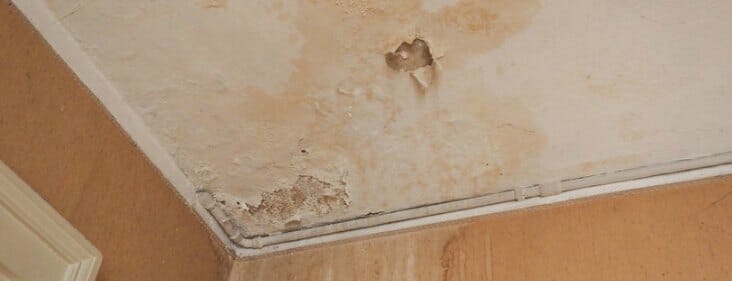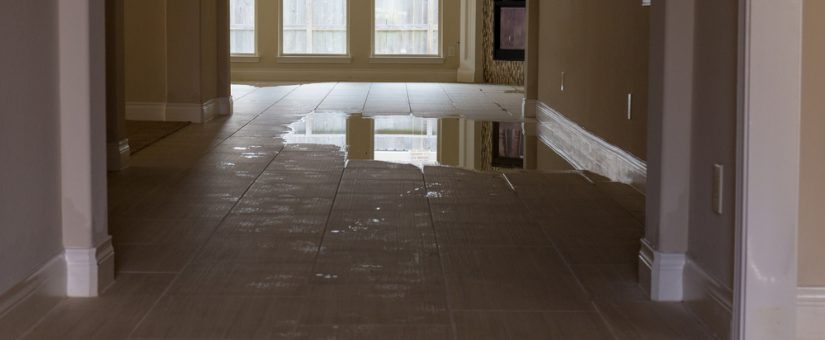In this article below you can discover a lot of professional ideas on the subject of How to detect water leaks in your home.

Leaks not only create waste of water however can likewise cause unneeded damage to your house as well as advertise unwanted organic development. However, water leaks might go undetected since the majority of the pipework in our house is concealed. By looking and also recognizing for day-to-day scenarios that cause leakages, you can secure your home from future leakages as well as unneeded damages. Today, we will certainly look at 6 leakage causes that may be triggering your pipes to leak.
Instantaneous temperature changes.
Extreme temperature adjustments in our pipes can trigger them to broaden as well as contract unexpectedly. This development and tightening might cause fractures in the pipes, especially if the temperature level are listed below cold.
Rusty water systems
This could be the cause of staining or bending on your water pipes. If our plumbing system is old, take into consideration changing the pipelines considering that they are at a higher danger of rust than the more recent designs.
Faulty Pipe Joints
Pipeline joints can weaken over time, resulting in water leaks. If you have loud pipelines that make ticking or banging noises, specifically when the warm water is turned on, your pipe joints are probably under a whole lot of pressure.
Encroaching origins
Many water leaks begin outside the residence instead than inside it. You could see damp spots or sinkholes in your yard, and also that may imply that tree roots are attacking water lines causing water to leak out.
Poor Water Connectors
Sometimes, a leak can be brought on by loosened tubes as well as pipes that supply your appliances. Usually, moving is what triggers the loose water Connections. You may find in the case of a washing equipment, a hose pipe might spring a leakage as a result of shaking during the spin cycle. In case of a water connections leak, you may see water running straight from the supply line or pools around your appliances.
Obstructed Drains
Blocked drains pipes might be bothersome as well as inconveniencing, but they can in some cases end up causing an overflow leading to break pipelines. Maintain removing any products that may decrease your drains that might obstruct them to prevent such troubles.
All the above are causes of leakages yet not all water leakages result from plumbing leaks; some leakages may originate from roof leaks. All leakages need to be repaired instantly to prevent water damages.
Leaks not just create waste of water however can also cause unneeded damages to your home as well as promote undesirable organic development. By understanding and also looking for daily scenarios that create leakages, you can secure your home from future leakages as well as unneeded damages. Today, we will look at six leak triggers that may be causing your pipelines to drip.
At times, a leak can be created by loosened hose pipes as well as pipes that provide your home appliances. In instance of a water links leak, you might observe water running straight from the supply line or pools around your home appliances.
How To Check For Water Leak In Your Home
How To Check for Leaks
The average household's leaks can account for nearly 10,000 gallons of water wasted every year and ten percent of homes have leaks that waste 90 gallons or more per day. Common types of leaks found in the home are worn toilet flappers, dripping faucets, and other leaking valves. These types of leaks are often easy to fix, requiring only a few tools and hardware that can pay for themselves in water savings. Fixing easily corrected household water leaks can save homeowners about 10 percent on their water bills.
To check for leaks in your home, you first need to determine whether you're wasting water and then identify the source of the leak. Here are some tips for finding leaks:
Take a look at your water usage during a colder month, such as January or February. If a family of four exceeds 12,000 gallons per month, there are serious leaks.
Check your water meter before and after a two-hour period when no water is being used. If the meter changes at all, you probably have a leak.
Identify toilet leaks by placing a drop of food coloring in the toilet tank. If any color shows up in the bowl after 10 minutes, you have a leak. (Be sure to flush immediately after the experiment to avoid staining the tank.)
Examine faucet gaskets and pipe fittings for any water on the outside of the pipe to check for surface leaks.
Undetected water leaks can happen without the home or business owner even realizing. If you suspect a water leak, but not able to find the source. It is time to contact a professional water leak detection service, The Leak Doctor.
How To Find a Water Leak In Your Home
https://www.leakdoctor.com/blog/How-To-Check-For-Water-Leak-In-Your-Home_AE197.html

I have been very excited about How to Find Water Leaks and I'm hoping you enjoyed my page. For those who enjoyed reading our blog post kindly don't forget to pass it around. I value reading our article about How to detect water leaks in your home.
Ring for results!